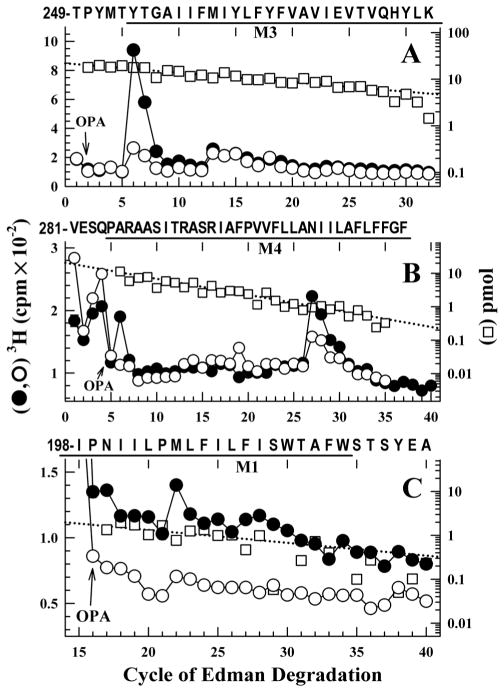Figure 3. Propofol-inhibitable [3H]AziPm labeling identified in M3, M4, and M1.
3H (●,○) and PTH-amino acids (□) released when equal aliquots of EndoLys-C digests of GLIC photolabeled with [3H]AziPm in the absence (●) or presence (○,□) of 300 μM propofol were sequenced with OPA treatment in cycles 2 (A), 5 (B), or 16 (C). A) After OPA treatment in cycle 2, the primary sequence began at Thr-249 before M3 (I0 = 20 pmol, both conditions). The GLIC amino-terminal fragment, the only other peptide from an EndoLys-C digest of GLIC with a proline in cycle 2, was present (11 pmol, both conditions). The peak of 3H release in cycle 6 indicated of photolabeling of Tyr-254 at an efficiency of 115 cpm/pmol, which 300 μM propofol inhibited by 83%. The small peak of 3H release in cycle 13 indicated propofol-insensitive photoabeling of Met-261 at ~20 cpm/pmol. B) After OPA treatment in cycle 5, the primary sequence began at Val-281 before M4 (-PPF, I0 = 15 pmol; +PPF (□), I0 = 21 pmol). The only other peptide present was lag from the fragment beginning Thr-65 (13 pmol), which contains Pro-68 in cycle 4 that would also be present in cycle 5 as a consequence of the ~90% repetitive yield of Edman degradation. The peak of 3H release in cycle 27 indicated photolabeling of Asn-307 in M4 at 300 cpm/pmol which 300 μM propofol inhibited by 70%. Since treatment with OPA blocks ~90 % of the free amino termini of peptides not containing a Pro, the peak of 3H release in cycle 6 after the OPA treatment is consistent with photolabeling of Tyr-254 if the M3 fragment beginning Thr-249 is present at ~7% the level seen in Panel A. C) After OPA treatment in cycle 16, the primary sequence detected originally began at Leu-184 (-PPF, I0 = 9 pmol; +PPF (□) I0 = 5 pmol). The peak of 3H release in cycle 22 indicated photolabeling of Met-205 at ~40 cpm/pmol, which propofol inhibited by ~40 %.

